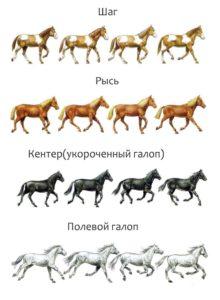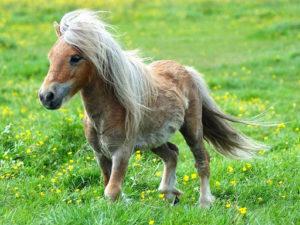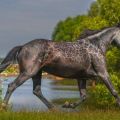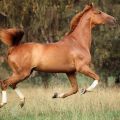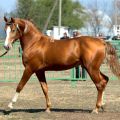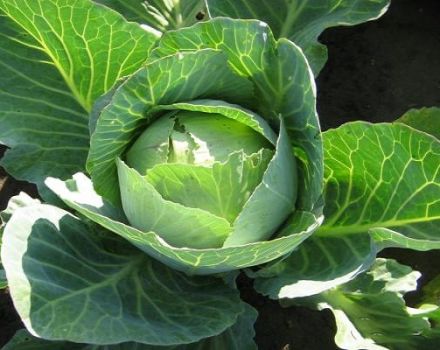Description of horses of the Belarusian harness breed and the specifics of their maintenance
The main feature of the Belarusian draft horse is that, unlike other representatives of its species, this breed remains in demand in equestrian sports, in agriculture and other spheres of human life. Animals are characterized by strong constitution and calm disposition. Therefore, Belarusian draft horses are often used to train young riders.
Origin story
For many years, Belarusian breeders have tried to breed their own horse breed. Scientists wanted to get an animal that simultaneously possessed strength, endurance, increased performance and speed. For this, breeders crossed representatives of the following breeds:
- Polish;
- Ardennes;
- nord swedish;
- Goodbrandal.
The first representatives of the Belarusian harness breed appeared at the beginning of the 19th century. However, this breed was officially registered only in 2000. For almost 200 years of history, several Belarusian stud farms have been breeding draft horses. To date, only 2 such enterprises have survived. Studs, in order to improve the breed, carry out selection along six lines. The most common are the descendants of the stallion Orlik the First. Representatives of this line are distinguished by a good physique and an energetic disposition.
Orlik the First's descendants have won prizes in various competitions more than once.
The Anode First line is considered promising. The offspring of this stallion, obtained mainly through artificial insemination, stand out due to endurance. So, one of these horses was able to transport a team weighing over 20 tons.
Characteristics and description of the Belarusian draft horse
The Belarusian breed is subdivided into 2 types, differing from each other both in external and in traction characteristics.
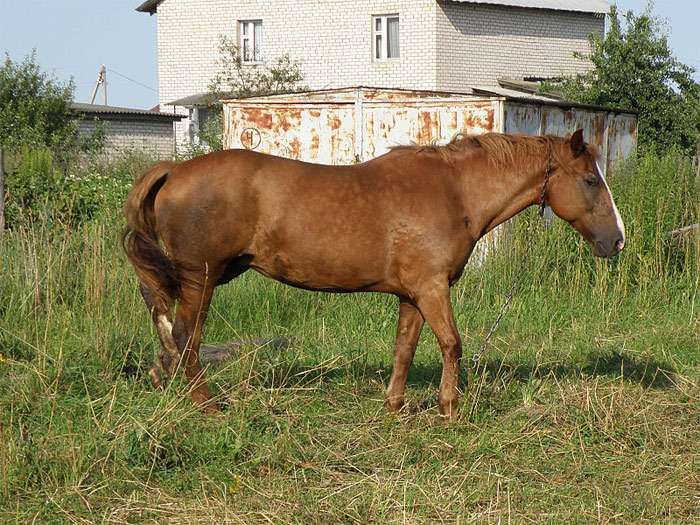
Exterior
The average height of adult horses of this breed reaches 1.56 meters. In this case, the length of the body of the animals is 1.62 meters. This difference is considered one of the main characteristics of the breed. The heavy-duty (main) variety has a massive body. The total weight of adult representatives of this subspecies is 600 kilograms. Lightweight horses were bred to participate in competitions. Therefore, these animals differ in the characteristics of riding horses: small weight, graceful appearance and others.
Among the features of the Belarusian draft horse are the following:
- the head is of medium size with a shortened muzzle;
- trapezoidal and massive neck;
- wide and open chest, reaching 1.95 (for stallions) and 1.88 (for mares) meters in girth;
- long body;
- back line is straight;
- massive and wide sacrum;
- strong and dry legs of medium length;
- thick and lush hair, both in the mane and in the tail.

Thoroughbred Belarusian horses are distinguished by light red, burgundy brown (with black hair), brown, red and cream shades. Less often, the body of these animals has a white, gray or black color.
Appearance
Representatives of this breed take a long time to mature. Animal characteristics are manifested in 5-year-old stallions. By this age, horses have a long and thick mane, which is not recommended to be cut. In the weighted subspecies, overgrowth is observed on the grandmas.
Another characteristic feature of the breed is that adults have a strong hoof horn. Thanks to this, breeders do not shoe horses that are involved in earthworks. Representatives of the light subspecies are distinguished by elongated legs and a short, thinned mane. The body of these horses is less massive.

Productive qualities
Belarusian horses are often bred to produce kumis. Adults are capable of producing over 1.6 tons of milk during the entire lactation period.
Also, this breed is distinguished by increased meat productivity. The slaughter yield of a one and a half year old foal reaches 52%.
Comparison with other Belarusian breeds
The Harness Horse is the only breed bred in Belarus. However, local breeders do not give up trying to improve the characteristics of the animal. To do this, Belarusian breeders develop separate lines of the harness horse, breed subspecies with their own characteristics. In particular, there are varieties of this breed that are more enduring or demonstrate better racing qualities.
Specificity of maintenance and care
It is recommended to keep the horses of the Belarusian breed in stalls built of wood or brick. For adult animals, it is necessary to build stalls with a size of at least 3.5x3.5 meters. These horses require daily walks for several hours and regular contact with other horses.
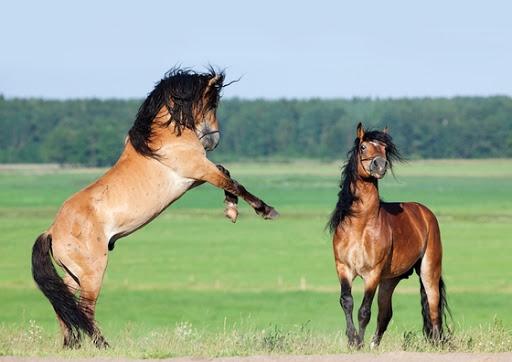
Due to the fact that animals reach large sizes, the height of the ceiling in the enclosure should exceed three meters. Each stall must have a window and good ventilation. In this case, it is necessary to organize the room so that drafts do not arise inside. Horses need to change the bedding daily, which is made from peat, sawdust or straw.
What to feed?
The diet of an animal directly depends on the scope of application. Horses of this breed are recommended to give:
- hay;
- oats;
- bran;
- carrot;
- salt.
As additives, animals are given vitamin and mineral complexes, apples, fodder beets and watermelons. The horses need water before each feeding. At the same time, it is important to prevent uncontrolled drinking. After work (races), stallions are able to drink more water than the body needs. This can cause problems with the digestive system.
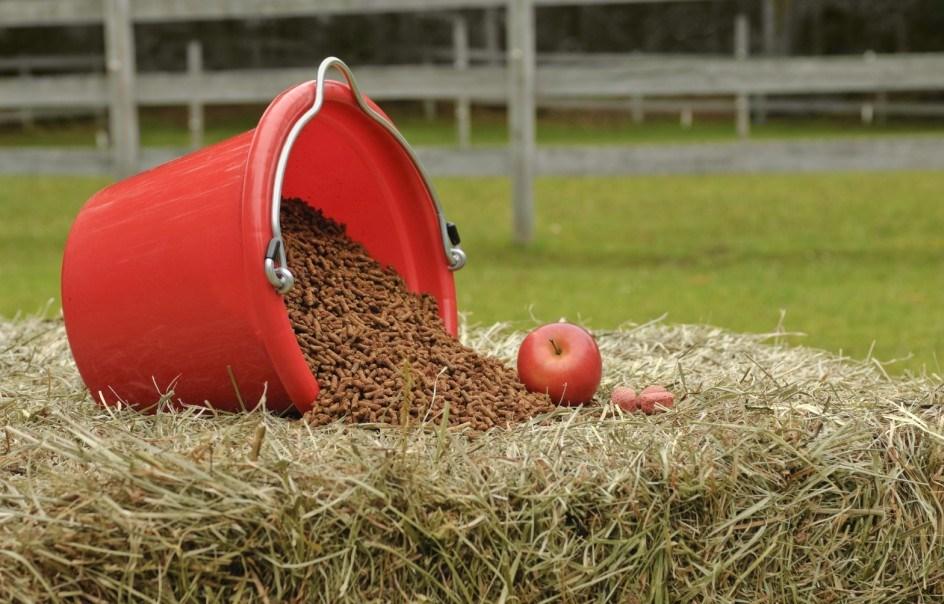
How to breed a breed?
To exclude the appearance of non-purebred horses, it is recommended to breed only healthy animals, in the behavior of which there were no deviations. A pair in which the mare is larger than the horse is considered optimal.
It can be bred both naturally and artificially. Stallions over three years old are allowed to mate. By this time, the horses are already fully formed.
The recommended time for mating is the period from March to July.If conception occurs during this period, the foal will be born in early spring, when fresh grass is available.
Diseases and treatments
The Belarusian breed is characterized by the same diseases that are found in other horses:
- arthritis;
- tuberculosis;
- anemia;
- eczema;
- colic;
- tetanus and others.
The list of diseases that occur in representatives of the Belarusian harness breed contains over 10 different pathologies. In this regard, the method of treatment is selected taking into account the characteristics of the infectious process and other disorders.
Scope of application
Representatives of the Belarusian breed are distinguished by a good and calm disposition. Therefore, these horses are used for riding and equestrian sports. Also, these animals are suitable for training beginner jockeys. Belarusian horses run easily in harness, and heavy lines are used in agricultural work.
